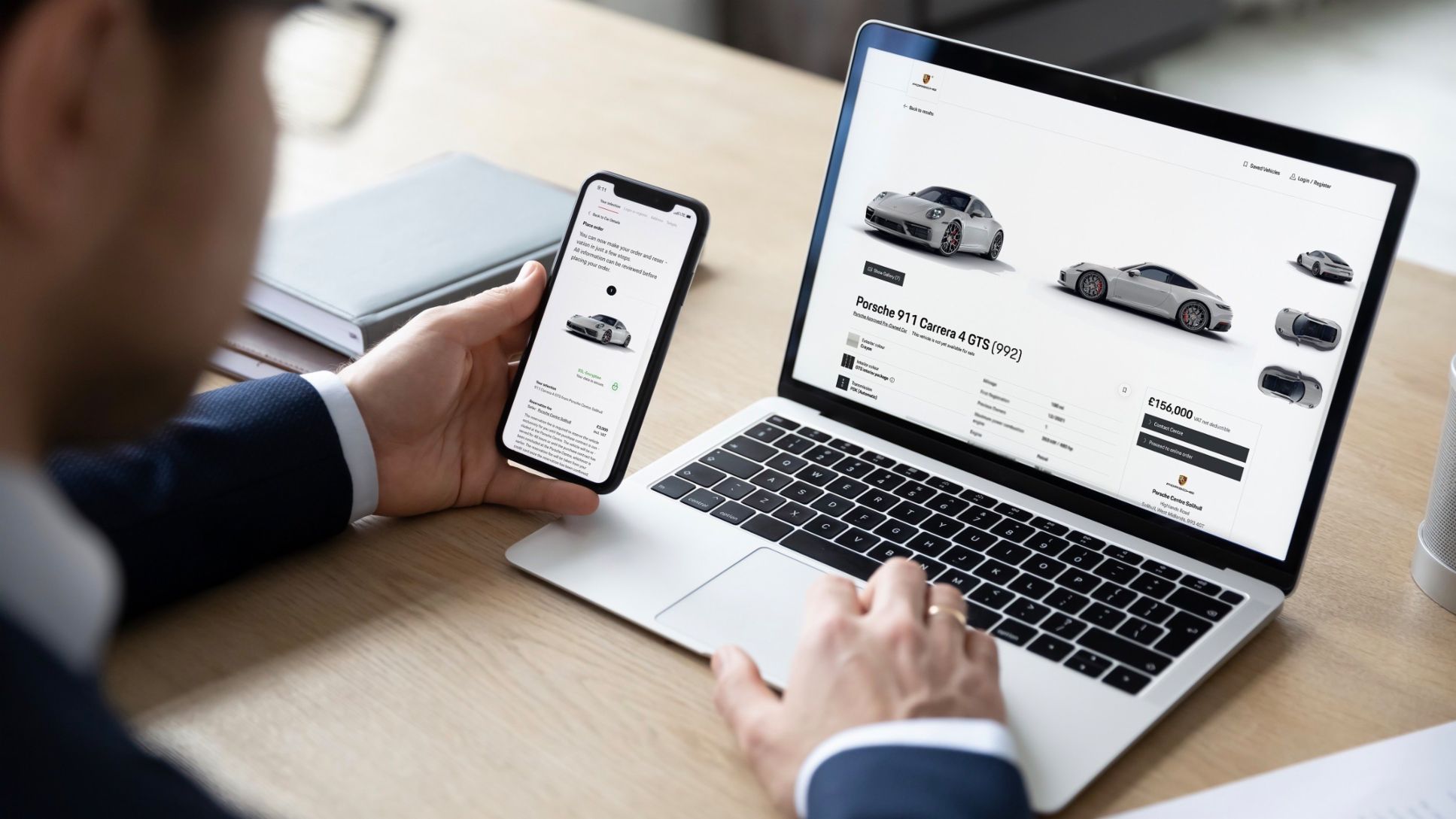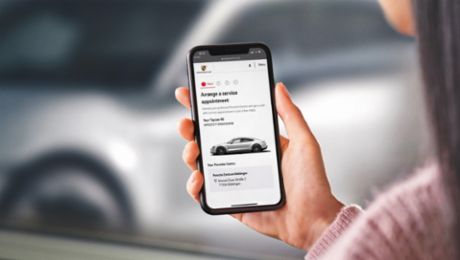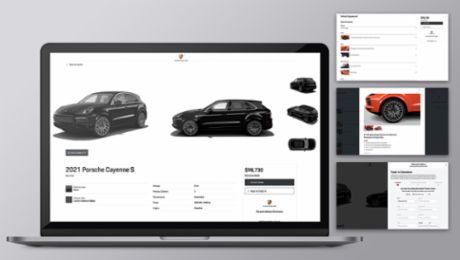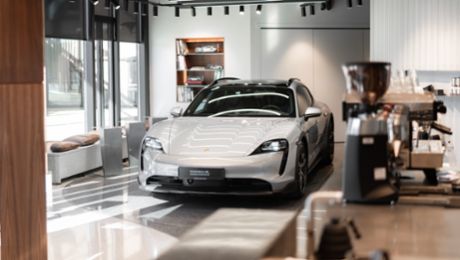In Canada, Porsche's own vehicle search was even introduced as the exclusive marketing platform for new stock vehicles. Overall, 94 per cent of dealers worldwide now present their new and used cars on the digital marketplace, where a total of 16,300 vehicles is offered. At the same time, demand from customers is increasing. In the last year, around 5,800 Porsche vehicles were sold from stock via the online channel – a more than threefold increase on the previous year, where ca. 1,700 units were sold online. Around 110,000 leads were generated on the platform worldwide, with this figure increasing by 61 per cent over 2020. Around 1.1 million users use the redesigned Porsche vehicle search each month.
In Europe, online vehicle sales have been available in all major markets since 2021. Strategic considerations also play a role in the decision to launch in new markets. In the Netherlands, the customer base is for example particularly internet-savvy. Norway, meanwhile, is one of the strongly growing markets in Europe, especially since the introduction of the fully electric Taycan. In both countries, the online marketplace was launched last year and has since provided transparency on vehicles available locally.
"We continue to develop our online vehicle sales with a clear customer focus,” says Jacqueline Smith-Dubendorfer, Vice President Smart Mobility & Digital Sales. "Our customers can give us feedback directly on the digital marketplace. Furthermore, we are getting a broader picture of the preferences. Within three months, we have collected more than 4,000 customer opinions and are systematically using them to further improve our services."
Omnichannel strategy by the sports car manufacturer
The commitment to e-commerce is part of the company's omnichannel strategy, according to which customers should be able to move seamlessly between the digital marketplace and physical retail sites. "Our goal is to make Porsche products conveniently accessible anytime, anywhere. Both at the dealership and online. We are further networking systems and processes to ensure a first-class omnichannel experience,” says Smith-Dubendorfer.
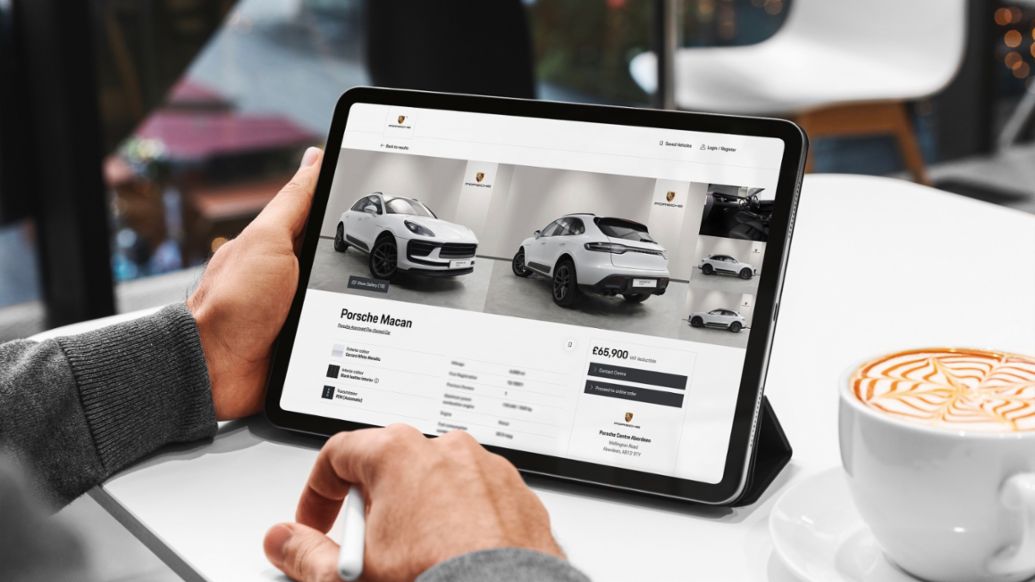
Porsche launched online vehicle sales in Germany in 2019 and has been steadily expanding it ever since. In China and the US, local teams have recently started working on the platform. They can capture market-specific customer requirements even more directly and implement suitable solutions as quickly as possible.
